Top speed 250 km/h Length 17 m First flight March 1934 | Wingspan 24 m Retired 1941 | |
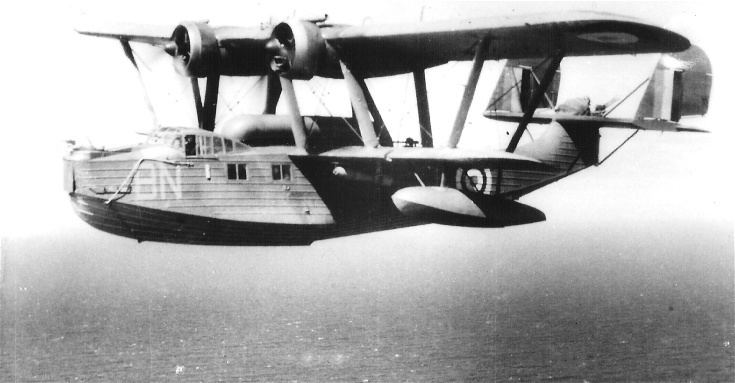 | ||
The Saunders Roe A.27 London was a British military biplane flying boat built by the Saunders Roe company. Only 31 were built, entering service with the Royal Air Force in 1936. Although due for replacement by the outbreak of World War II, they saw some active service pending the introduction of the ultimately unsuccessful Lerwick.
Contents
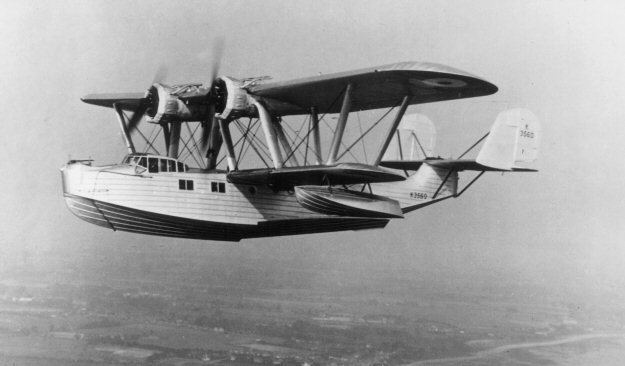
Development
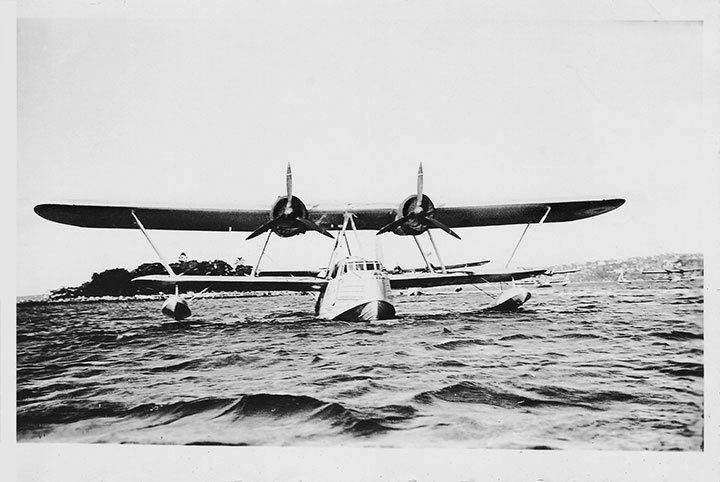
The A.27 London was designed in response to the Air Ministry Specification R.24/31 issued for a "General Purpose Open Sea Patrol Flying Boat" and was based on the Saro A.7 Severn. The London and its contemporary, the Supermarine Stranraer, were the last multi-engine, biplane flying-boats to see service with the RAF. The design utilized an all-metal corrugated hull and fabric-covered wing and tail surfaces, with two Bristol Pegasus II radial engines, mounted on the upper wing to keep them clear of spray while taking off and landing.
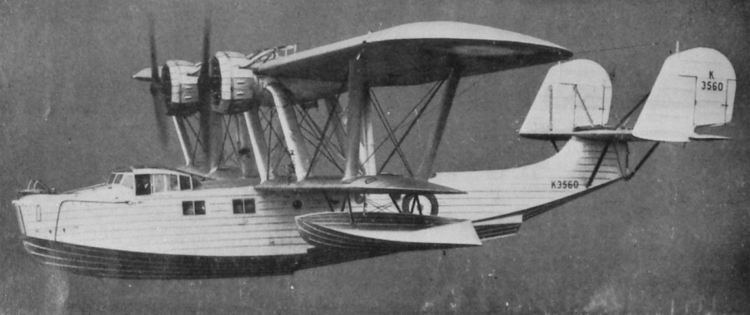
The first prototype flew in 1934 and then went on to serve until 1936 with 209 and 210 Squadrons RAF at RAF Felixstowe and Gibraltar respectively.
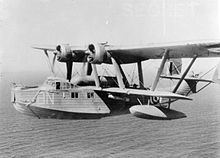
The first deliveries of production aircraft began in March 1936 with Pegasus III engines, and from the eleventh aircraft onwards the Pegasus X engine was fitted instead and the aircraft's designation changed to London Mk.II. Earlier Londons were retrofitted with the Pegasus X and were also given the "Mk.II" designation. This model equipped 201 Squadron RAF at RAF Calshot, replacing Supermarine Southamptons. Others were delivered in October of the same year to 204 Squadron RAF at RAF Mount Batten, Plymouth, also replacing Southamptons. More were delivered to the same squadron the following year to replace Blackburn Perths, and to 202 Squadron RAF at Kalafrana, Malta, replacing Supermarine Scapas, and 228 Squadron RAF at Pembroke Dock.
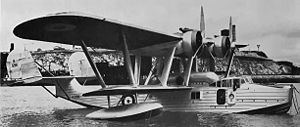
In 1937–1938 204 Squadron RAF used five Londons equipped with auxiliary external fuel tanks for a long-distance training flight to Australia to celebrate the 150th anniversary of the founding of the Colony at Sydney, New South Wales. In this configuration they had a range of 2,600 miles (4,180 km).
Operational history
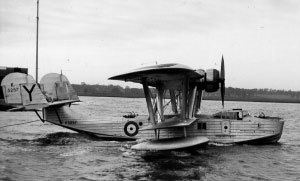
By the outbreak of World War II in September 1939, Londons equipped 201 Squadron RAF which was by now stationed at Sullom Voe in Shetland, and 202 Squadron RAF at Gibraltar. 240 Squadron RAF at Invergordon had also re-equipped with Londons in July 1939.
These aircraft carried out active patrols over the North Sea and the Mediterranean. Some were fitted with a dorsal fuel tank to increase operational radius. Armaments in the form of bombs, depth charges and mines up to a total weight of 2,000 lb (907 kg) could be carried beneath the lower wings. Gradually, the Londons' duties were assumed by newer aircraft such as the Lockheed Hudson while squadrons flying Atlantic and Mediterranean patrols were re-equipped with Short Sunderlands. Some were transferred to the Royal Canadian Air Force. All were withdrawn from front-line duties by the middle of 1941.
Variants
Operators
Specifications (London Mk.II)
Data from War Planes of the Second World War: Volume Five Flying Boats
General characteristics
Performance
Armament
